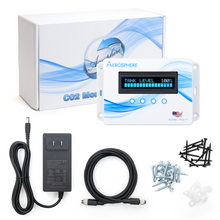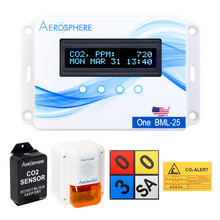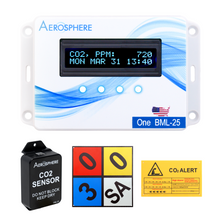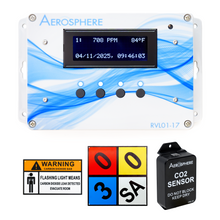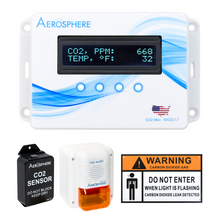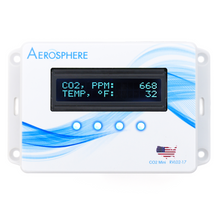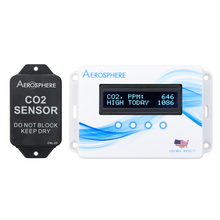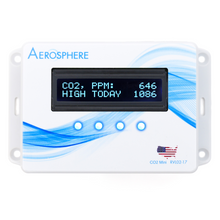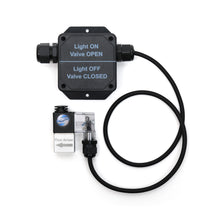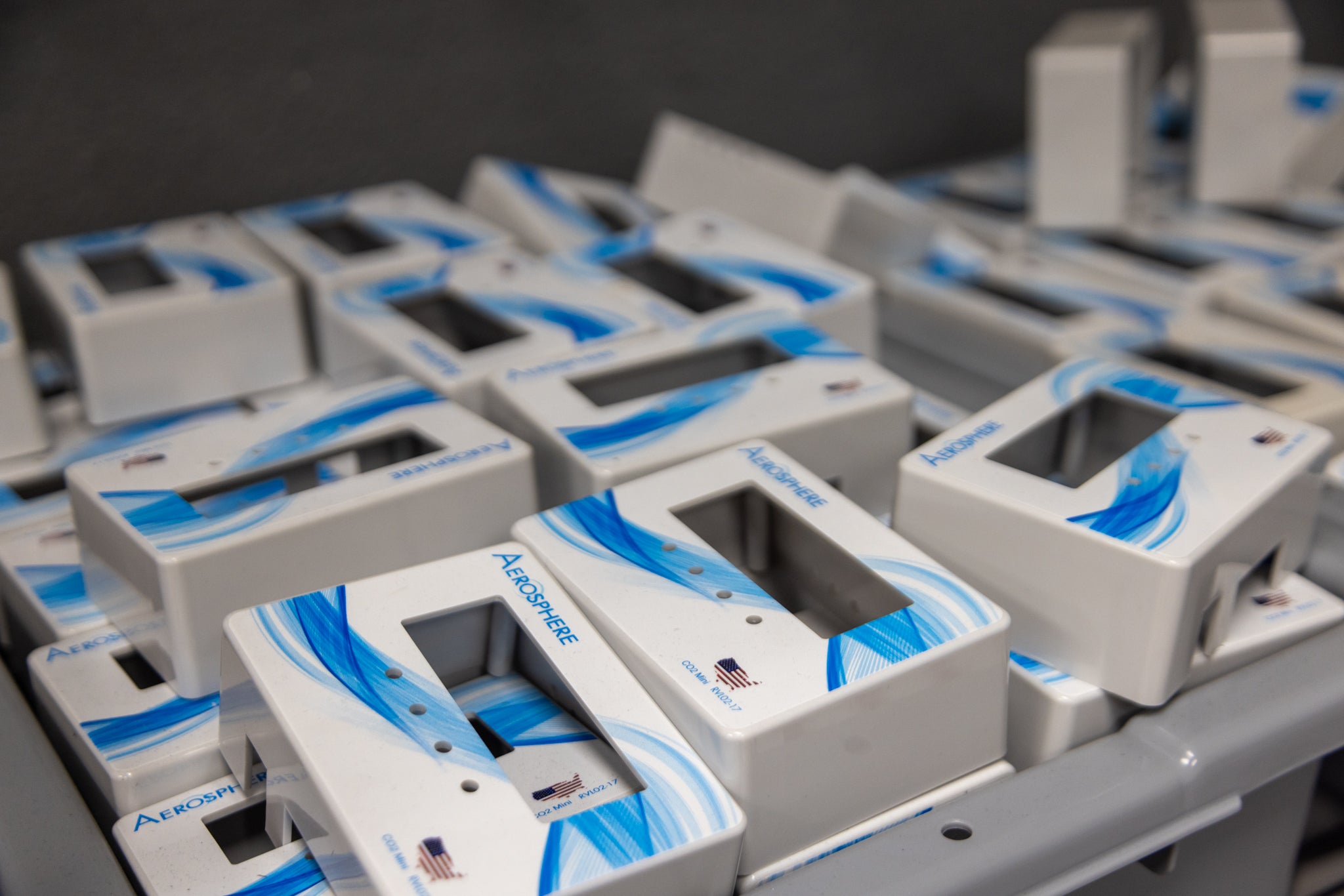The Hidden Hazards of Carbon Dioxide in Fast Food Establishments
CO2 is a silent danger in fast food restaurants, where it’s used daily in soda machines and food storage systems. This article explores how leaks can turn deadly in low-ventilation areas—and why fixed CO2 monitoring systems are now a must for food service safety.
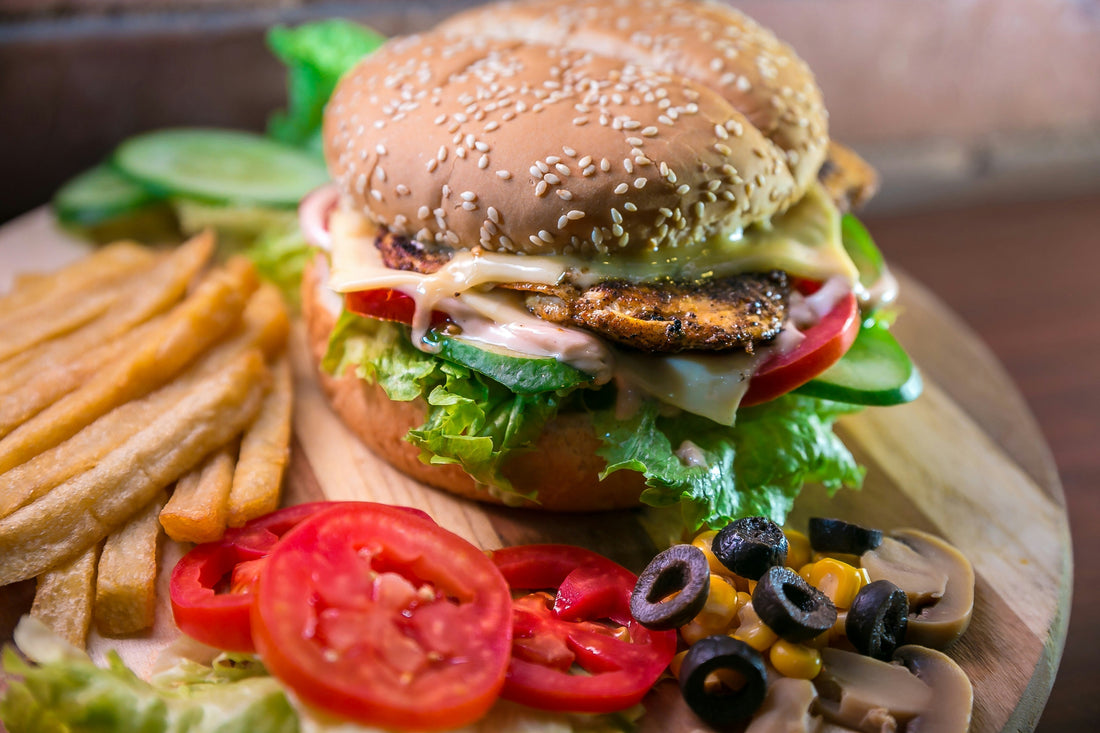
Carbon dioxide (CO2) is widely known and commonly used in the food service industry—especially in fast food chains, cafeterias, and beverage service venues. Most people are familiar with CO2 as the gas humans exhale or as a component of soda carbonation. However, what often goes unnoticed is just how dangerous this gas can be when it escapes into enclosed environments.
Understanding CO2 and Its Common Uses
CO2 is the fourth most abundant gas in Earth’s atmosphere and plays a major role in commercial applications. One of its most common uses in the food industry is as a carbonation agent in soda systems. When CO2 is injected under pressure into liquid syrup, it creates the fizzy effect we associate with fountain drinks. Establishments like McDonald’s, Burger King, Wendy’s, 7-Eleven, Applebee’s, and similar chains serve massive volumes of these drinks, which means they all use compressed CO2 systems.
From Small Cylinders to Large Dewars: A Shift in Storage

Historically, smaller CO2 cylinders were used in restaurants and posed minimal hazard. However, more businesses are now switching to larger containers known as Dewar cylinders. These can hold up to 387 pounds of liquid CO2. The advantages are clear for operators: bulk purchases reduce cost, and exterior tank connections allow for easy refills without needing staff to swap out tanks. But the risks increase exponentially with larger volumes of compressed gas.
The increased volume means a leak—even a small one—can displace oxygen quickly. Liquid CO2 has an expansion ratio of 1:553, which means a small leak can release an enormous volume of gas. In confined or low-ventilation areas, this can create an environment immediately dangerous to life and health (IDLH).
CO2’s Physical Properties Make It Dangerous
Carbon dioxide is:
- Colorless, odorless, and tasteless
- Heavier than air (1.5 times more dense)
- Undetectable without specialized monitoring equipment
These properties mean that CO2 will settle in basements, walk-in coolers, restrooms, and other low-lying spaces—areas often found in fast food establishments. Unlike smoke or natural gas, you won’t see or smell a CO2 leak. It silently builds up and displaces oxygen, putting occupants at serious risk without warning.
Case Studies: CO2 Incidents in the Food Industry
- Phoenix, Arizona (2011): A McDonald’s restaurant was evacuated due to a leaking soda machine located in the basement. A pregnant employee collapsed while leaving the area. Three individuals were injured, including two firefighters. Although the restaurant had CO2 monitors, they were not functioning at the time.
- Yorkshire, United Kingdom (2011): A fast food restaurant was cleared after a leaking CO2 cylinder was detected. Emergency personnel with breathing apparatus were required to secure the scene. Fortunately, no injuries occurred.
- Savannah, Georgia (2011): A leaking plastic CO2 line in the walls of a McDonald’s caused ten people to fall ill—including three firefighters—and led to the death of a woman who collapsed in the restroom.
- Sanford, Florida (2005): An 18-year-old McDonald’s employee and a 50-year-old delivery driver both died after trying to fix an external CO2 refill connection. The space filled with CO2 during the process, leading to asphyxiation.
How CO2 Leaks Happen
Leaks can originate from:
- Plastic tubing that runs from outdoor tanks to soda machines (often hidden in ceilings and walls)
- Improperly sealed connections or worn fittings
- Basement storage areas with poor ventilation
- Inaccessible shutoff valves in emergency situations
Even in businesses with outdoor CO2 storage, gas supply lines run inside the building and can still leak undetected without proper indoor monitoring. CO2 tubing is frequently made of plastic and is often routed through drop ceilings, above walk-in refrigerators, or between interior walls—places staff rarely inspect.
Why Fixed Monitoring Is Critical
Since CO2 cannot be detected by smell, sight, or taste, permanent gas detection systems are essential. Fixed CO2 monitors should be installed near the floor in areas with tanks or tubing. Staff should be trained to understand what an alert means and how to safely evacuate in the event of a leak.
Symptoms of CO2 Exposure
According to the USDA FSIS, symptoms of CO2 overexposure include:
- Headaches, dizziness, and restlessness
- Shortness of breath and sweating
- Increased heart rate and confusion
- Coma and convulsions in high concentrations
Recommendations for Businesses and First Responders

To reduce CO2 risk in food service environments:
- Install and regularly maintain fixed CO2 gas detection systems
- Train all staff on CO2 leak response protocols and install all proper advisory signage to accompany the CO2 gas detection systems
- Inspect tubing and connections regularly
- Store tanks in accessible locations with clear shutoff valves
- Note frost or condensation on CO2 tanks as a potential warning sign
First responders should treat all unknown medical calls or odor complaints at food establishments with suspicion. If CO2 is in use, responders should wear SCBA (self-contained breathing apparatus) and request hazmat teams equipped with oxygen and gas meters—not just CO or explosive gas detectors.
Final Thoughts
CO2 is often treated as an afterthought in food service safety, but as these case studies show, it can be as deadly as fire or carbon monoxide when leaks occur. Businesses, inspectors, and first responders must treat the presence of large CO2 systems with the respect and caution they deserve.
Installing fixed alarms, enforcing staff training, and performing routine inspections are not optional—they’re lifesaving strategies in environments where invisible gas hazards may be hiding just beyond a drop ceiling or inside a wall.
Original source: Battalion Chief Frank Leeb, FDNY. Adapted from “The Dangers of Carbon Dioxide in Fast Food-Type Occupancies,” WNYF 1st/2012.

